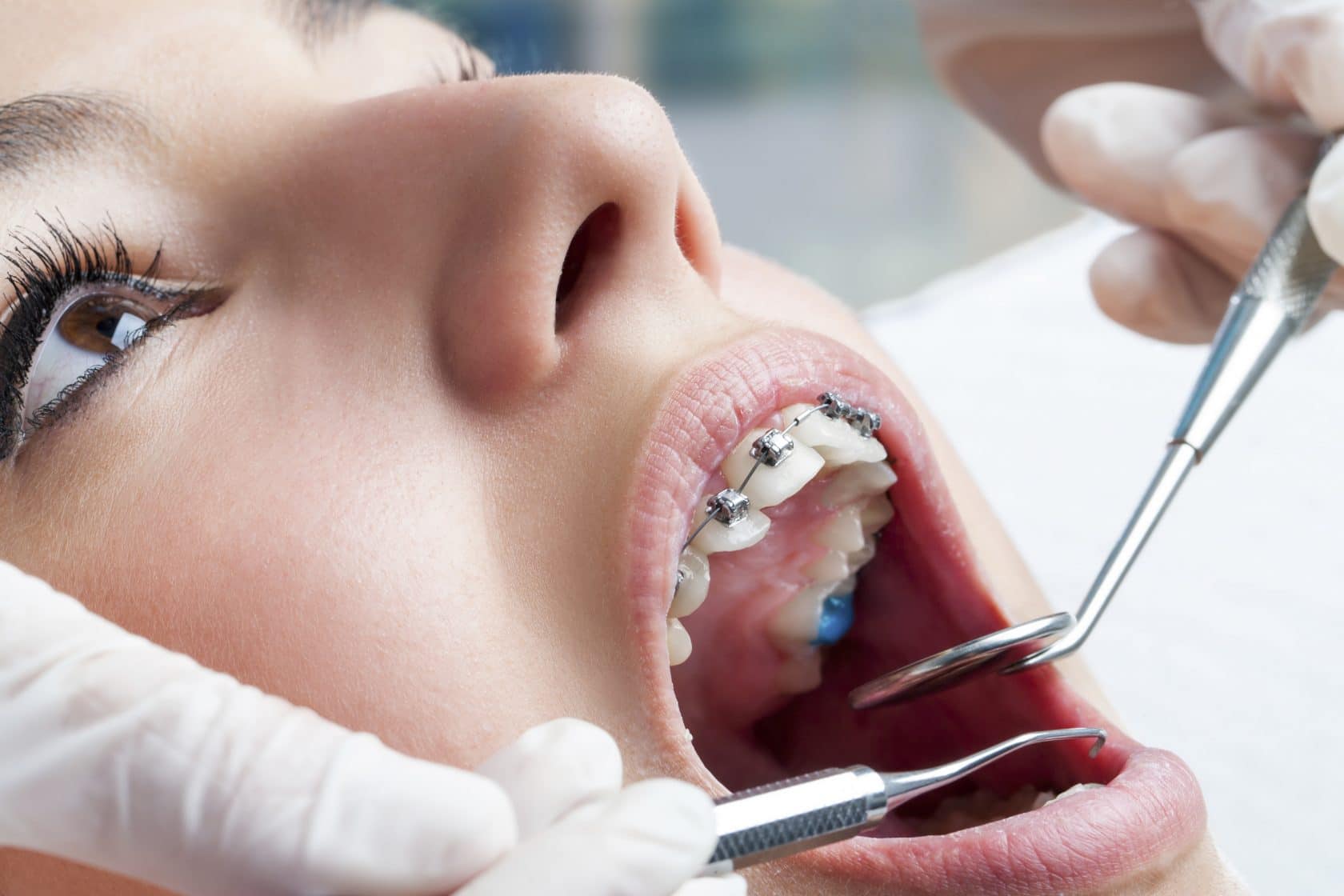Your Guide to Cumming Invisalign: Straightening Teeth with Style and Comfort
Your Guide to Cumming Invisalign: Straightening Teeth with Style and Comfort
Blog Article
Comprehensive Overview to Orthodontics Treatments for Correcting Oral Misalignments
In the realm of orthodontics, the journey to attaining a perfectly lined up smile involves a myriad of procedures tailored to remedy oral imbalances. From standard braces to unnoticeable aligners and even medical choices, the field of orthodontics uses a series of services to deal with varying degrees of oral irregularities. Understanding the ins and outs of each treatment, including their systems, advantages, and potential disadvantages, is vital in making notified decisions concerning one's orthodontic treatment. As we navigate via the extensive overview to orthodontic procedures for fixing dental misalignments, the complex information of each technique will unfold, clarifying the course toward a harmonious and functional oral placement.
Orthodontic Procedures Review

Routine adjustments and tracking are vital components of orthodontic therapy to ensure progression is on track and to make any type of necessary modifications along the means. By undergoing orthodontic treatments, individuals can not just attain a straighter grin but additionally improve their general oral health and wellness and feature.
Traditional Dental Braces: How They Function
When considering orthodontic therapies for dental imbalances, conventional dental braces stand out as a time-tested method for fixing teeth placing. Standard braces are composed of brackets, cords, and bands that function with each other to use constant pressure on the teeth, gradually moving them into the preferred positioning.
As stress is used to the teeth via the braces, the bone bordering the teeth is improved to support the new tooth placements. Patients will need routine changes at the orthodontist's office to guarantee the braces continue to use the right stress for effective teeth motion.
Unnoticeable Aligners: Benefits And Drawbacks
Invisible aligners use a very discreet and convenient choice to conventional dental braces for dealing with oral misalignments. These clear, tailor-made trays are practically unseen when worn, making them an appealing alternative for people looking for a more visually pleasing orthodontic therapy. One of the main benefits of invisible aligners is their removability, permitting simpler maintenance of dental health compared to typical dental braces. People can remove the aligners before consuming or brushing their teeth, minimizing the risk of food obtaining embeded the appliance and simplifying the cleaning process.

Surgical Orthodontic Options
Surgical treatments in orthodontics present feasible alternatives for addressing intricate dental imbalances that might not be properly settled via standard orthodontic treatments. While unnoticeable aligners and conventional dental braces can fix numerous orthodontic problems, specific situations need surgical treatment to achieve optimal results. Surgical orthodontic alternatives are usually suggested for serious malocclusions, considerable jaw disparities, my sources and instances where the underlying bone framework requires adjustment to attain proper alignment.
One common medical orthodontic procedure is orthognathic surgical treatment, which involves repositioning the jaws to deal with useful issues such as trouble chewing or talking. This surgical treatment is often carried out in cooperation with an orthodontist that helps straighten the teeth prior to and after the procedure. Surgical orthodontics might also involve procedures to subject impacted teeth, eliminate excess periodontal tissue, or improve the jawbone to create a much more unified face profile.
Prior to thinking about surgical orthodontic choices, patients undertake a detailed evaluation to establish the necessity and possible benefits of such interventions. invisalign. While surgical procedure might seem overwhelming, it can substantially boost both the feature and aesthetics of the smile in situations where conventional orthodontic therapies fail
Retainers and Post-Treatment Care

Failing to comply with post-treatment treatment instructions Continue can result in regression, where the teeth gradually relocate back in the direction of their initial positions. Constant retainer wear, great oral health, and regular oral check-ups are crucial for preserving the results attained with orthodontic surgical treatment and making sure the lasting security of the fixed dental placement.
Conclusion
In verdict, orthodontic treatments offer different choices for correcting oral imbalances. Surgical orthodontic choices are offered for much more extreme imbalances. Generally, orthodontic treatments can successfully improve oral wellness and aesthetic look.
As we browse through the comprehensive guide to orthodontic procedures for remedying dental imbalances, the intricate details of each method will certainly unravel, shedding light on the path toward a unified and practical dental placement. - invisalign
One of the most usual orthodontic treatments is the use of dental braces, which are composed of metal braces and wires that use gentle stress to gradually shift teeth right into the desired position.When considering orthodontic therapies for dental imbalances, conventional dental braces stand out as a tried and true approach for dealing with teeth placing. Additionally, unnoticeable aligners might not be appropriate for complex orthodontic concerns that need even more substantial teeth motion, as they are generally recommended for moderate to moderate instances. Retainers are custom-made orthodontic gadgets made to hold teeth in their remedied settings after the conclusion of orthodontic treatment.
Report this page